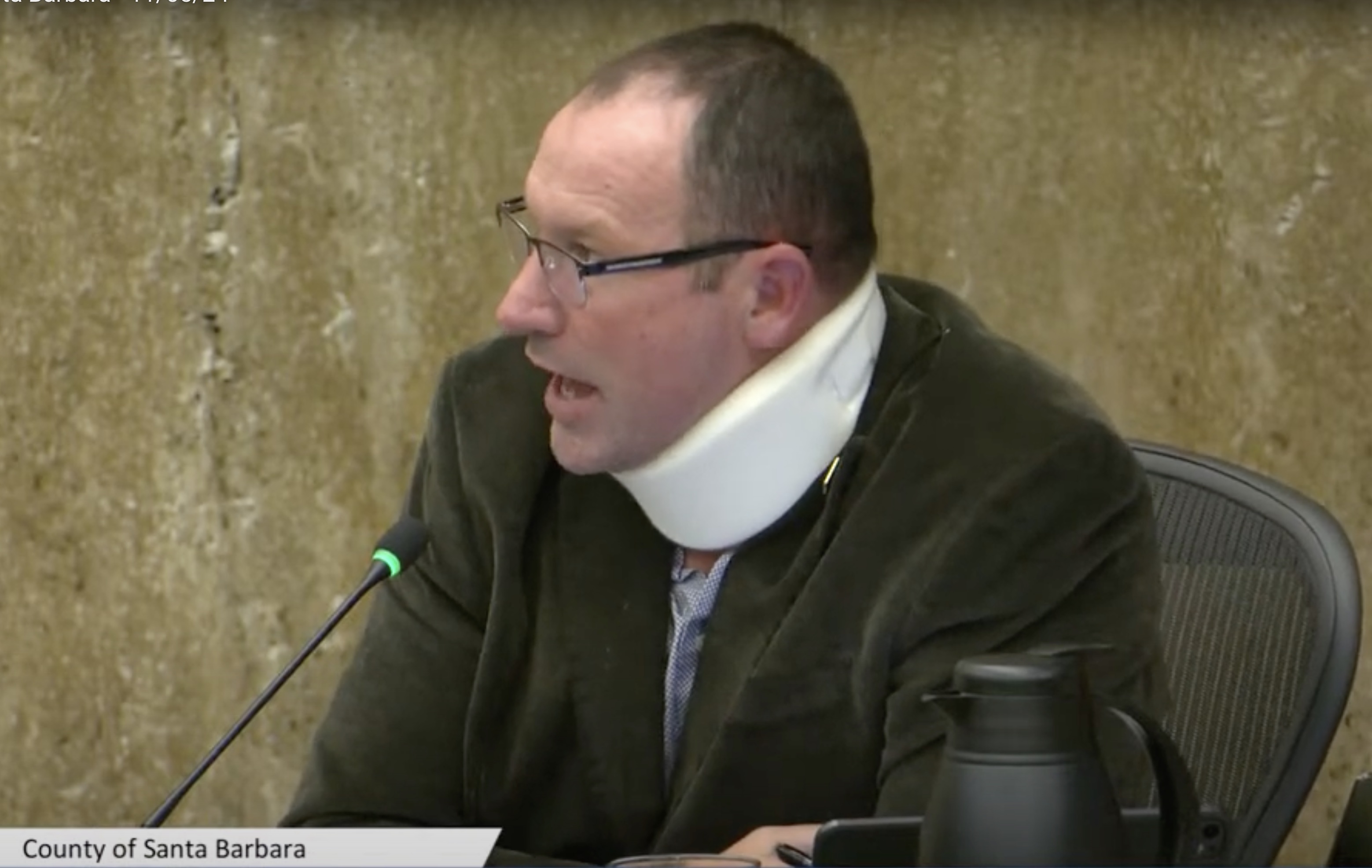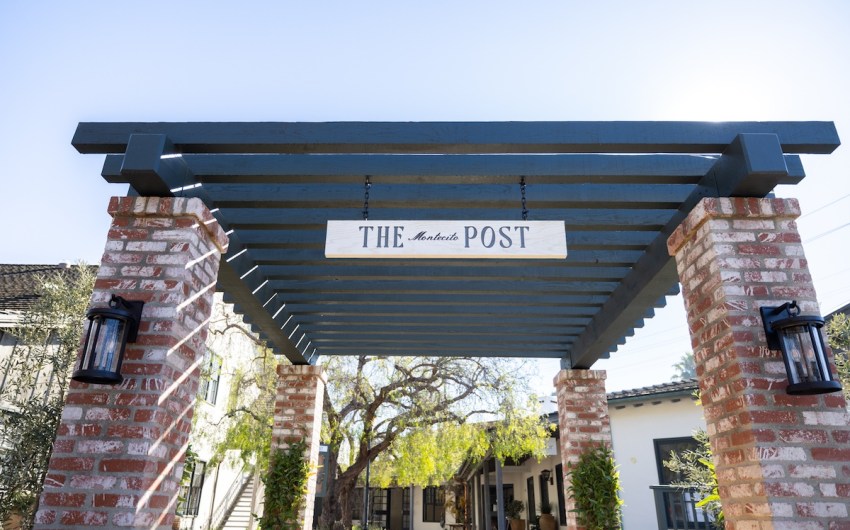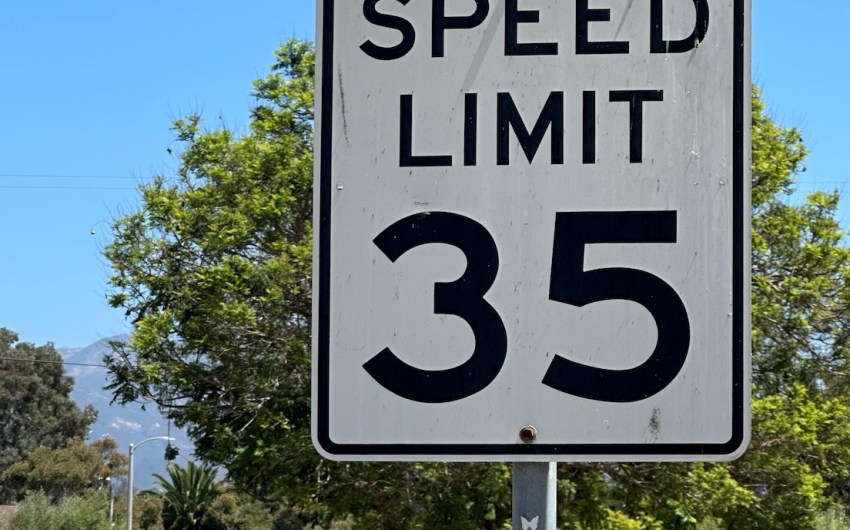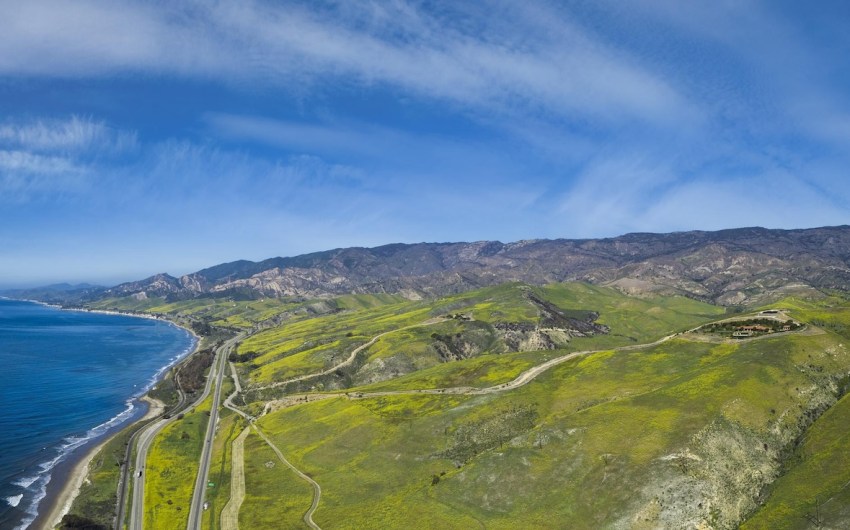Ag Enterprise Ordinance for Santa Barbara County Gets a Reset
Rules Give Farmers and Ranchers New Business Opportunities

“We’re 10 hours into this thing and something’s going on outside this room that we’re all really interested in,” said Steve Lavagnino, who was chairing the Santa Barbara Board of Supervisors meeting on Election Day. It was 5:30 in the evening by that point, and his colleagues had asked for myriad changes to the Agriculture Enterprise Ordinance under consideration.
With the end of the year approaching, the agenda was packed on Tuesday and the chamber had been packed earlier with partisans over an increase in events at the Music Academy of the West. That hearing stretched across lunchtime, going on for three hours, before the appeal was denied. The ag enterprise ordinance, which consumed another two hours, ended up being kicked over to December 10, giving staff time to look into the suggested changes.

Agriculture is Santa Barbara County’s largest industry, bringing in $1.8 billion in 2023, which is a decrease of 2.3 percent from the year previous due to the winter storms that drowned crops. As the name suggests, the ordinance outlines for farmers and ranchers new permit pathways to not-strictly-ag businesses, from farmstays, including camping, to lumber milling and tree-nut hulling, all on a small scale. The permit complexity depends on the activity, ranging from exempt-from-permit existing uses — like farming — on to land use permits (LUP) or minor conditional use permits (CUP) for more elaborate activities. Events larger in scale than those contemplated in the ordinance would fall into the major CUP category.
In the five years since the ordinance was first proposed, the Planning Commission has held eight meetings with farmers, ranchers, neighbors, and anyone with a stake in the outcome. An environmental impact report was finalized, and it was ordinance changes that could affect the information in the EIR that staff wanted time to review. Among the issues created by an increase in rural tourism are traffic and air pollution, as well as concerns over wastewater, water, and utilities in remote areas. Ways to process wastewater at campsites was something Environmental Health Services will evaluate, along with the regional water board.

Another issue the supervisors considered was the effect that new business at rural farms and ranches would have on their Williamson Act status, or the trade they’d made of tax relief in exchange for the requirement to remain in ag for a set number of years. They didn’t want to encourage anyone to leave the Williamson Act, Supervisor Joan Hartmann said, which preserved the county’s famed agricultural lands, but they did need to figure out how to reconcile the Planning Commission’s advice with that of the Agricultural Preserve Advisory Committee, which administers the “Uniform Rules” that guide the local Williamson Act contracts. That compromise, too, will return on December 10.
Compost production is in the ordinance, though it can create conflicts with row crops, orchards, and vineyards growing nearby, particularly if E. coli is part of the compost material, Supervisor Bob Nelson pointed out. Setbacks of 200 feet and 1,000 feet are being considered.
The presentation showed parcels zoned AG-II, or rural parcels of 40 to 320 acres, with an overlay indicating where the ag enterprises like aquaponics or farmstands could exist; Nelson asked to move them away from vineyards in the Garey area. The ordinance would also make a change to AG-I zoning (5 to 40 acres) that would allow limited food service at wineries, such as boxed lunches.
The uses proposed for agricultural areas are:
• Agricultural processing beyond the raw state
• Aquaponics
• Farm stands
• Agricultural product preparation
• Composting
• Firewood processing and sales
• Lumber processing/milling
• Tree nut hulling
Rural recreation uses include:
• Small-scale campgrounds
• Farmstays
• Educational experiences or opportunities
• Fishing or hunting operations
• Horseback riding
• Incidental food service
• Small-scale events
Premier Events
Fri, Dec 27
6:00 PM
Solvang
New Year Disco Ball Paint & Sip
Fri, Dec 27
9:00 PM
Santa Barbara
Film Screening: “Indiana Jones and The Last Crusade”
Sat, Dec 28
7:00 PM
Lompoc
Rosie Flores & Grey DeLisle + Special Guests LIVE
Sat, Dec 28
7:00 PM
Carpinteria
Family Comedy Night at The Alcazar
Sat, Dec 28
7:00 PM
Santa Barbara
The Temptations at Casa De La Raza
Sat, Dec 28
9:00 PM
Santa Barbara
Film Screening: “Indiana Jones and The Last Crusade”
Tue, Dec 31
5:00 PM
Santa Barbara
New Year’s Eve Dinner
Tue, Dec 31
6:00 PM
Santa Barbara
Gin + Jazz New Year’s Eve Celebration at El Encanto
Fri, Jan 03
6:00 PM
Santa Barbara
Flow’s 1st Friday Tea Social- Stuff Swap
Sun, Jan 05
7:00 PM
Santa Barbara
Jazz at the Lobero: Robert Glasper
Fri, Dec 27 6:00 PM
Solvang
New Year Disco Ball Paint & Sip
Fri, Dec 27 9:00 PM
Santa Barbara
Film Screening: “Indiana Jones and The Last Crusade”
Sat, Dec 28 7:00 PM
Lompoc
Rosie Flores & Grey DeLisle + Special Guests LIVE
Sat, Dec 28 7:00 PM
Carpinteria
Family Comedy Night at The Alcazar
Sat, Dec 28 7:00 PM
Santa Barbara
The Temptations at Casa De La Raza
Sat, Dec 28 9:00 PM
Santa Barbara
Film Screening: “Indiana Jones and The Last Crusade”
Tue, Dec 31 5:00 PM
Santa Barbara
New Year’s Eve Dinner
Tue, Dec 31 6:00 PM
Santa Barbara
Gin + Jazz New Year’s Eve Celebration at El Encanto
Fri, Jan 03 6:00 PM
Santa Barbara
Flow’s 1st Friday Tea Social- Stuff Swap
Sun, Jan 05 7:00 PM
Santa Barbara






















You must be logged in to post a comment.